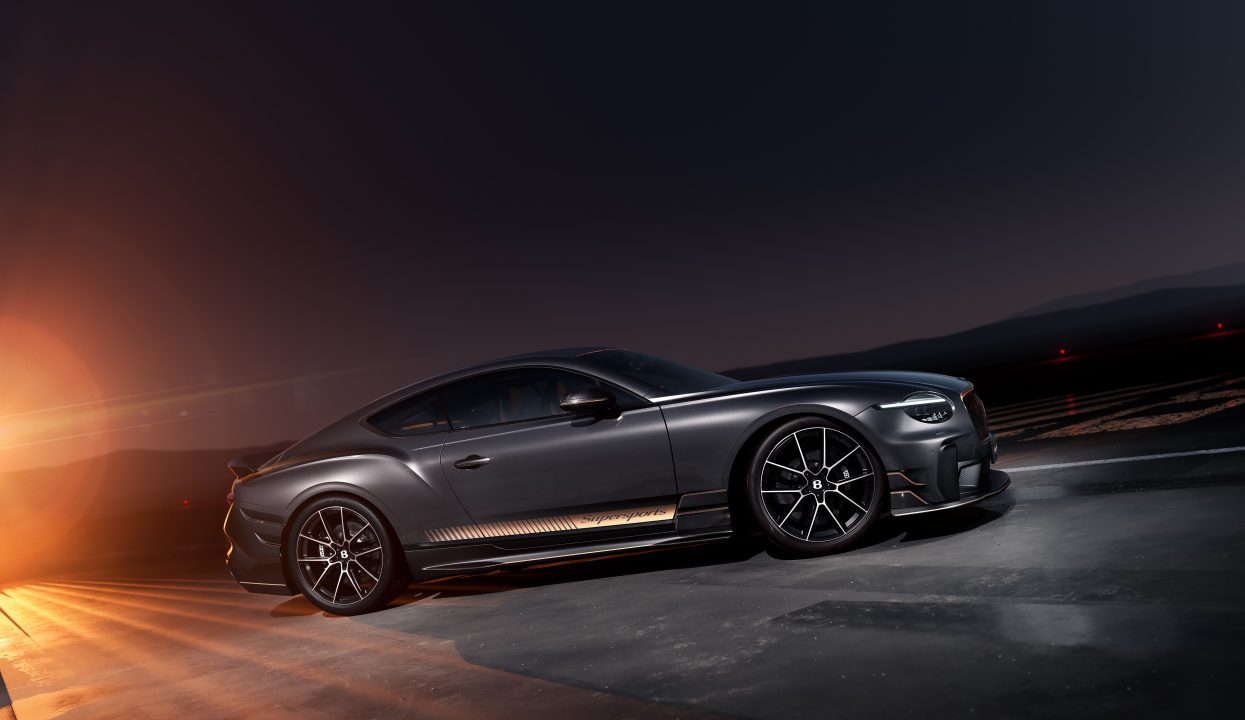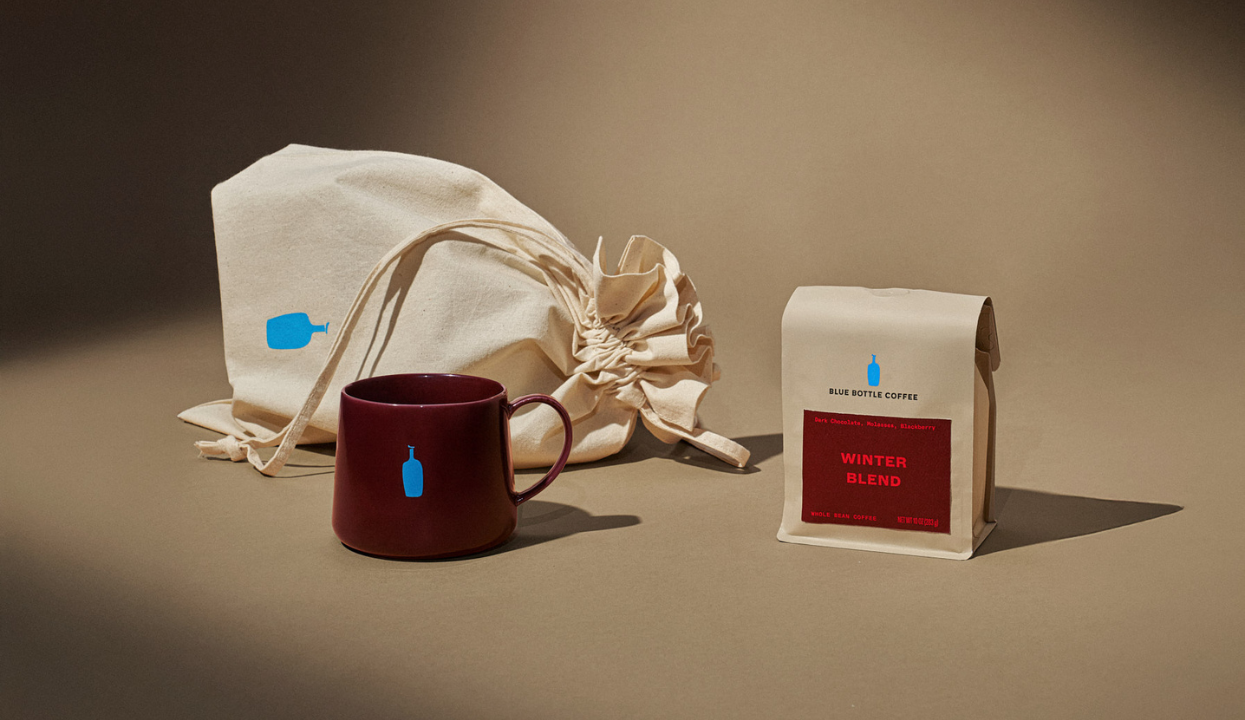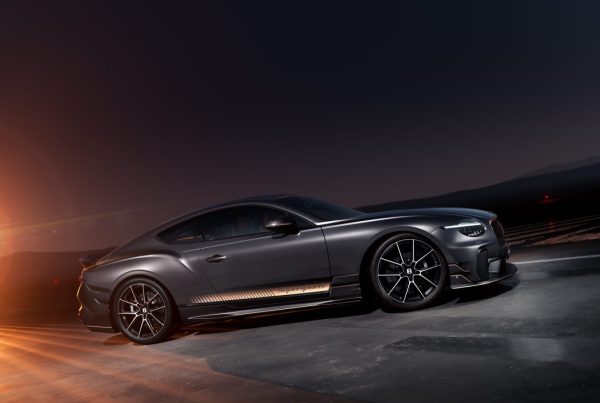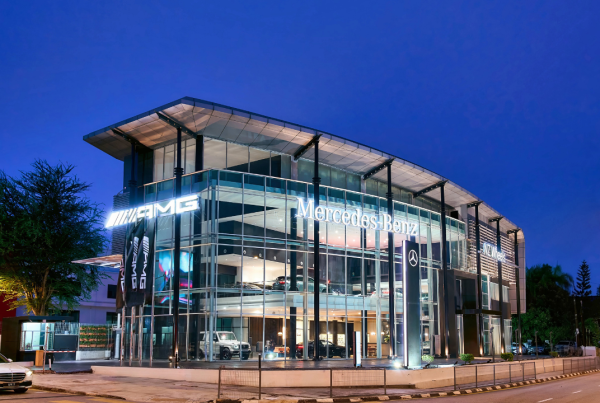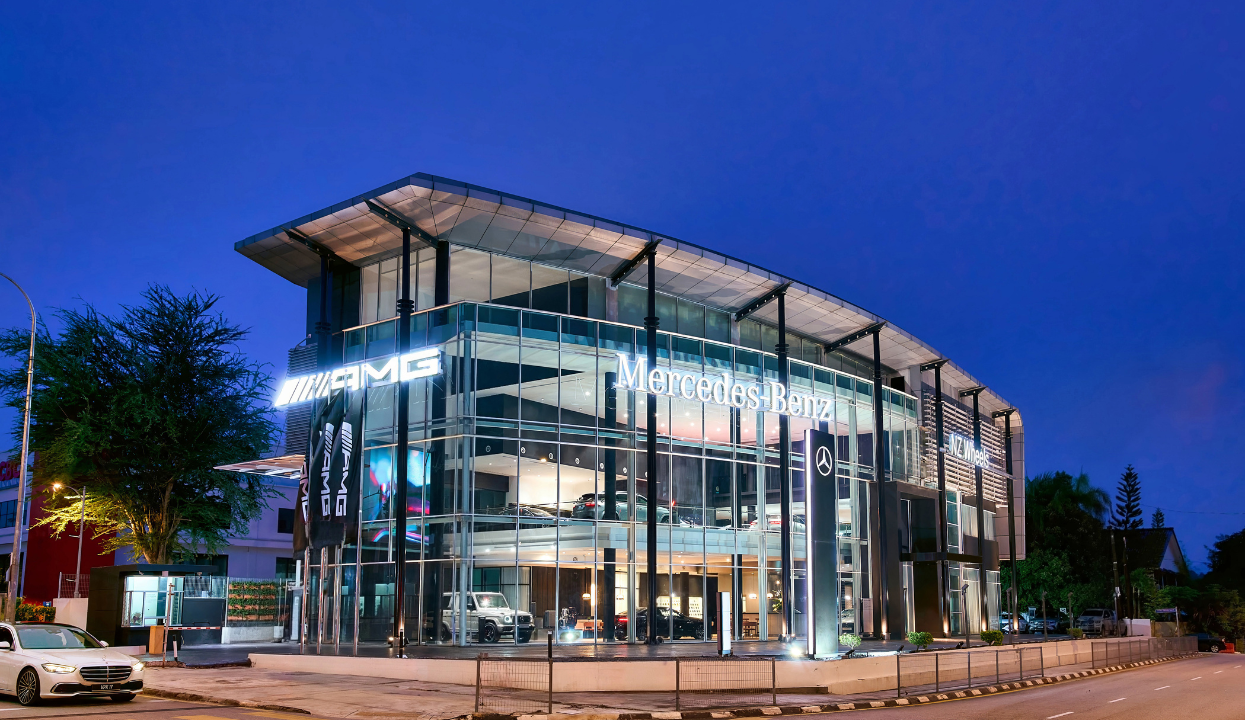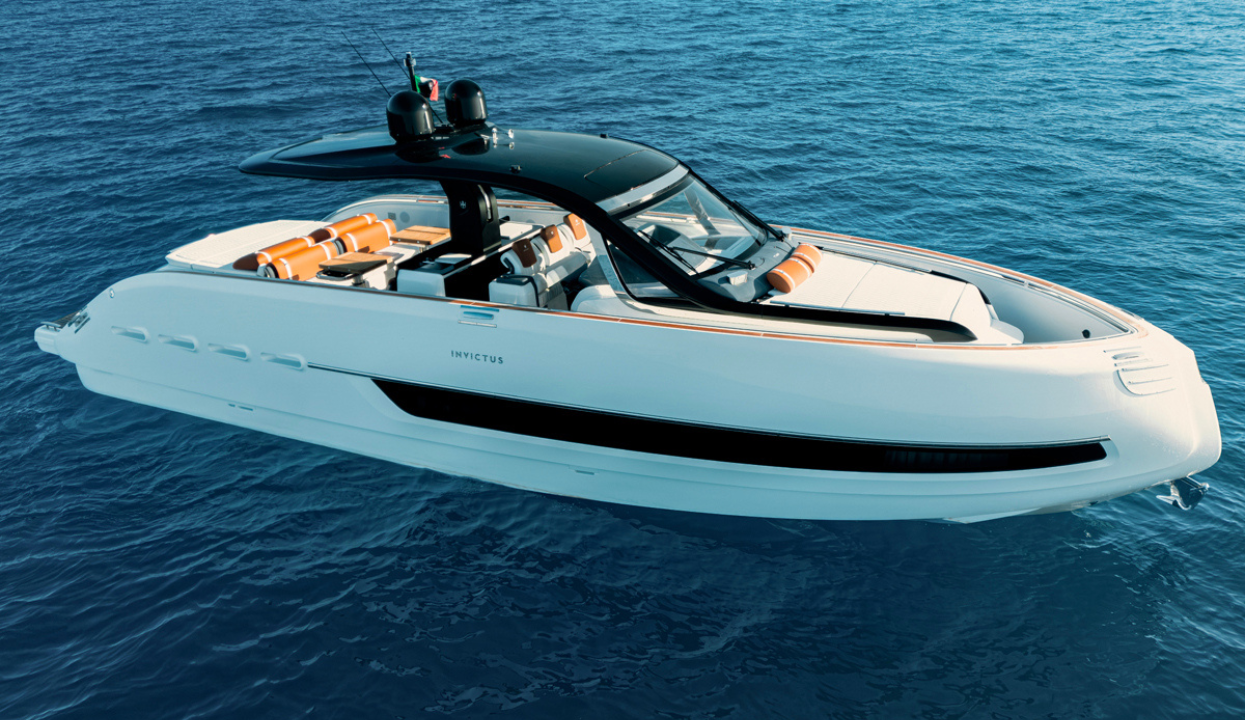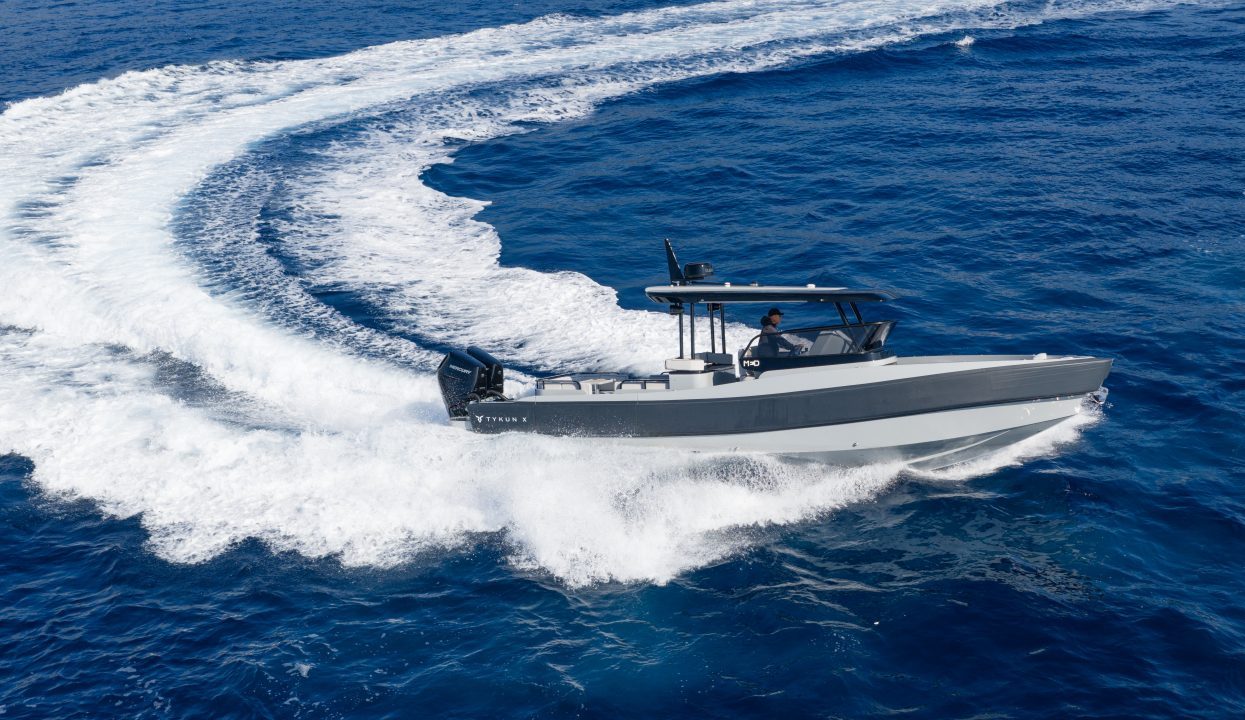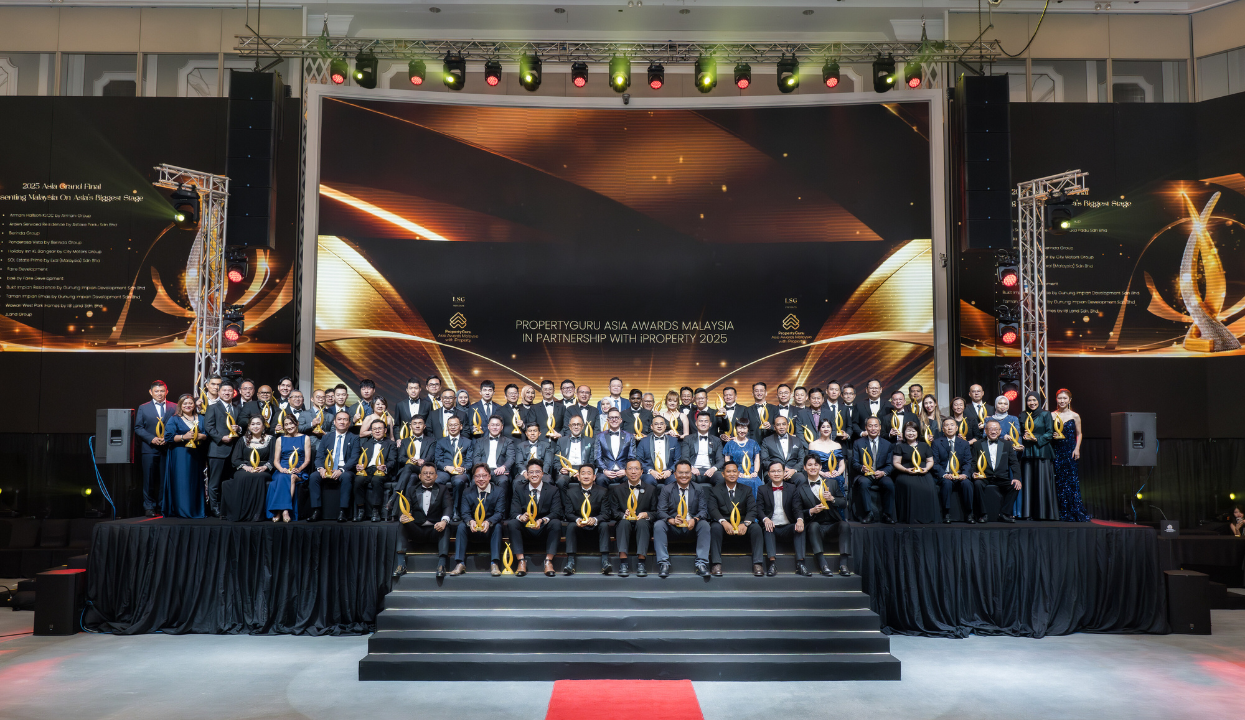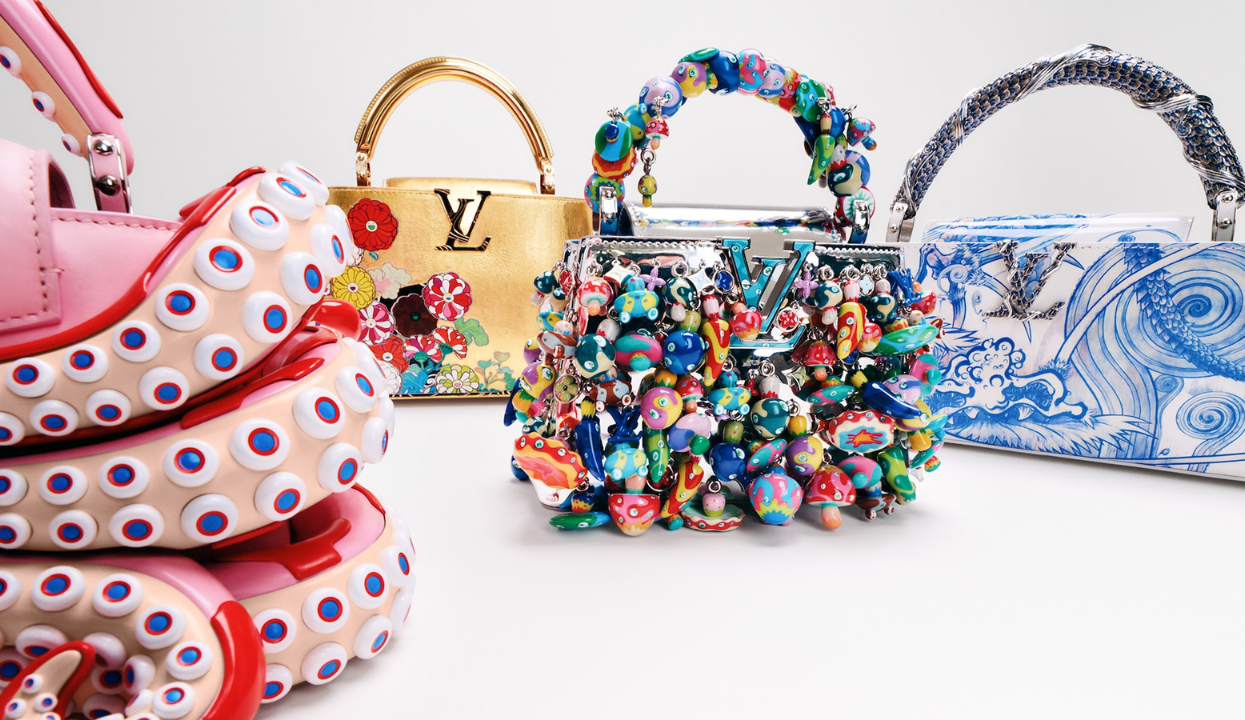This year bears another significant anniversary milestone for Lamborghini, with the marque’s Centro Stile (style center) officially celebrating its 20th anniversary of being inaugurated in the early 2000s with the Reventon unveiled as its first car in 2005. In truly inimitable Lamborghini style, it set the benchmark for others to follow as the first formal in-house design department of any super sports car manufacturer while being a significant turning point for Sant’ Agata Bolognese. From the point of its conception, each one of Lamborghini’s masterfully designed supercars, model variants, concept cars, and special limited editions would be defined, directed and delivered by the brand’s own designers themselves in lieu of external coachbuilders, shaping this iconic Italian carmaker’s stylistic heritage at first hand for decades to come right up to the present day.

Chairman and CEO Stephan Winkelmann said, “The Lamborghini Centro Stile is an integral driver of our brand. In the last 20 years it has consolidated the role of design not only in the creation of extraordinary Italian production super sports cars, but always pushing boundaries to deliver the unexpected that is so innate within the Lamborghini marque, from concept cars to limited editions that explore new horizons, to one-off and few-offs that have established the appeal of Lamborghini models in private collections. Design is fundamental to all that we do: our Centro Stile has also innovated the expansion of our brand into areas that complement and elevate our automotive design proposition, with partners from the worlds of yachting to audio, architecture to clothing, illustrating the power of Lamborghini design DNA not only on the road and track but in the world around us.”

Even then, the celebrated status enjoyed by Lamborghini’s stylistic DNA does owe its roots to those earlier maestros whose creative efforts visually characterized every one of Lamborghini’s past icons. Indeed in 1963, founder Ferruccio Lamborghini realized how important his GT cars’ styling would be to his brand’s aesthetic character, turning to Franco Scaglione to pen the prototype 350 GTV before drawing upon the Milanese design talents of Carrozzeria Touring for the production 350 GT and its more powerful 400 GT evolution.



Come 1966, it would be Carrozzeria Bertone of Turin along with that legendary master Marcello Gandini who stunned the world with the Miura, sensuously designed with a uniquely enthralling voluptuousness as the first production mid-engined supercar. Featuring a dramatically low-slung form ‘like a beautiful woman’ which would establish it as one of the most gorgeously influential cars of all time, it can be said this was the birth of the bedroom wall poster supercar itself.



It would be Gandini’s following edgier works, however, that would eventually inform Lamborghini’s more sharply lined form language for which it is most known today; firstly in 1967 with the Marzal and its hexagonal elements, and then 1971’s astonishing Countach with its dramatically wedgy silhouette. Throughout the 1980s, it was this tapered V12 missile christened after a Piedmontese exclamation of disbelief that firmly established the key styling, detail & proportional principles that Centro Stile itself would further develop into the new millennium.



This decade also saw Lamborghini making its initial efforts towards in-house design, with technical director Giulio Alfieri designing both the 1981 Jalpa and 1986’s rugged LM 002. With the dawn of the 1990s, Chrysler’s ownership of Lamborghini would influence the Diablo’s more rounded styling proportions; somewhat to Gandini’s chagrin, as he originally intended it to be sharper and dramatically edgier as demonstrated by his initial concept.






Then, in 1998, Audi’s acquisition of Lamborghini marked the initial shift towards an in-house design department with new processes, improved management & refined manufacturing facilities. That same year, Audi’s Luc Donckerwolke joined Sant’ Agata Bolognese as a project manager, before being appointed Lamborghini’s head of design from 2003 onwards. Having been born in Belgium before receiving education in South America and Africa, he oversaw the final Diablo VT 6.0’s restyling of the final Diablo versions; before really making his mark by creating the celebrated V12 Murciélago launched in 2002 as another new beginning for the brand. Donckerwolke’s emotive passion for the brand was well reflected by this very supercar, as were his automotive design talents: both the ‘Bat’ and V10 Gallardo that followed in 2004 as a more attainable Raging Bull would go on to usher in an unprecedented new age of success for Lamborghini, while introducing a more modern language with cleaner lines & tautly toned muscularity that give them a uniquely timeless appeal.






Automobili Lamborghini’s current Design Director Mitja Borkert added, “The Murciélago was an extraordinary design advancement. I personally remember seeing it at Geneva Motor Show and instantly recognised the emotion and presence of the Lamborghini brand. It delivered a pure expression of Lamborghini styling, and set the principles of ‘form follows function’ in the way it delivered advanced design and engineering for Lamborghini’s V12 flagship model. It not only carried the design DNA of Lamborghini but extended it in a remarkable way for the new millennium, establishing a new era for Lamborghini’s in-house design capabilities.”

Once the new millennium had turned, it was Audi’s then brand group head of design Walter de’Silva who recommended that an in-house design centre be formed for the famed Italian supercar marque to both Audi’s and Lamborghini’s boards. Reflecting his visions of both protecting the marque’s aesthetic DNA via creative independence and setting stylistic strategy for the longer term, the new Centro Stile was globally introduced as part of 2003’s 40th anniversary celebrations. Amidst this period of truly great change for Lamborghini, the start of 2005 saw Stephan Winkelmann joining as President & CEO to spearhead intensely paced investment and development in the quest for even greater future success, orchestrating design, R&D, commercial branding and marketing efforts into a better integrated and more collaborative whole. The Centro Stile itself was officially inaugurated later that year.


Once it became fully operational, Donckerwolke carried on into more illustrious roles both in the VW Group & even beyond, paving the way for then head of external design Filippo Perini to assume the role of heading Centro Stile in 2006. This preceded another incredibly fast-paced design and development phase, continuing work started under Donckerwolke & de’Silva including the Murciélago 6.2 Roadster. Under Perini’s leadership, Lamborghini’s millennial V12 flagship truly hit its stride with 2006’s much improved LP 640 evolution; before arguably hitting its peak with the 2009 LP 670-4 SuperVeloce which continues to be celebrated for its intensity of driving excitement and incredible soundtrack alike.












It was also this period that saw the Gallardo family triumphantly expanded with more dynamic variants including the Spyder, Superleggera & Performante.





In terms of where Lamborghini went next, Borkert explains, “Perini continued the in-house design strategies started by Donckerwolke but, like every head of design, brought his own inspiration to projects during a remarkable time for the company, during which the Centro Stile was a central force. The V12 Reventón in 2007 was an essential moment; it was the first few-off car based upon a current platform but delivering a distinctive new design and next-level performance. Perini drew on aeronautical inspiration for the sharper lines and more aggressive features, and adopted the now-familiar hexagon and Y motifs. The approach to Reventón’s styling, material use and iconic details were recognised as a design hint towards next generation production models: a tradition that remains with limited edition, one-off and few off models created by the Centro Stile today.”





Indeed it was Perini together with a compact yet dynamic 7-member Centro Stile team who designed the next key Lamborghini to succeed the Murciélago. Conceived & developed entirely in-house, 2011’s Aventador boldly shifted Lamborghini’s design language forwards once more, embodying breathtakingly complex yet well defined lines, intricate surfacing and aesthetic elements unashamedly inspired by stealthy military aircraft as they had been with the Reventón. He credited the Centro Stile’s talented design theme for successfully interpreting both the aesthetic & mechanical design needs in delivering this groundbreaking new V12 flagship: “everyone was aware of what was needed and how, for example, an airfoil works, a skill I believe is necessary for anyone designing a car like a Lamborghini.” Met with much critical and commercial success, the Aventador was joined by 2013’s Gallardo successor in the form of the Huracán; while Centro Stile also unveiled the Urus concept in 2012 as the precursor for Lamborghini’s eventual Super SUV.



Truly, it was with Perini at its helm that Centro Stile reinforced its standing as a legitimate force of design to be reckoned with, bravely exploring new ideas and unexpected solutions while constantly maintaining Lamborghini’s design DNA at the very heart of things. This resulted in some simply extraordinary cars, including 2010’s highly exclusive Sesto Elemento track special that explored the implementation of forged carbon fiber composites & lightweight engineering methods that are so crucial to excellent driving dynamics. Following that, the extreme Veneno coupé and roadster few-offs of 2013 introduced the importance of focused aerodynamics when it comes to track-focused supercars; their radically futuristic ‘stealth bomber’ design cues would also influence the later SuperVeloce and SVJ Aventador evolutions debuted under Borkert.










He added, “Concept and few-off cars give the Centro Stile design team an opportunity to truly spread their wings, to ask questions of design, to not limit the imagination in what is possible. The Centro Stile ethos is to take inspiration from what interests and thrills: the roofline of the Aventador was inspired by beetle wings, separated along the median axis yet enveloping the body. The hexagon shape of carbon and honeycomb continues as a recurring theme in Lamborghini models, as do the stripped-back surfaces of extreme racing bikes and the instinctive, powerful shapes and emotions produced by fighter jets that particularly inspire me.”

Once he took the design reins in 2016, yet another new era dawned for the Centro Stile, with the department expanding its team to 25 international members while doubling its design studio space. The East German-born Borkert had come over from Porsche, immediately taking on the task of finalizing the Urus’ design ahead of 2017’s launch as Lamborghini’s third product line; even as he led the Aventador S, SVJ, and Huracán Performante’s design efforts.





Moving into current times, the age of hybridization & electrification brought with it challenges and opportunities in equal measure. The few-off Sián FKP 37 paid tribute to both Ferdinand Karl Piëch’s brilliant engineering mind & the Countach’s iconic silhouette, even as its ‘lightning’ moniker referenced new supercapacitor technology that would eventually benefit 2023’s Revuelto, the all-new Aventador succeeding High Performance Electrified Vehicle (HPEV) Lamborghini Revuelto that saw Borkert bringing a new level of refined design athleticism to Lamborghini’s V12 line-up.




“Revuelto is the first model we designed from scratch, and uses a very iconic and essential design language. It tests how Lamborghini design DNA opens the door to future designs. The essentially recognisable silhouette is immediate, yet some surfaces are smoothed while retaining the inimitable Lamborghini tension in its lines and planes. The iconically striking Y shape and hexagon motifs feature throughout the car, including the new generation interior with its ‘feel like a pilot’ philosophy.”


Drawing upon that stealth aircraft inspired design philosophy, the concept of ‘feeling like a fighter pilot’ is a centrally guiding tenet for Centro Stile’s efforts today, with a particular emphasis on driver focused cockpit ergonomics, refinement of Human Machine Interfaces (HMI) & integrating ADAS systems. Alongside the integration of these new hybrid powertrains, active aerodynamics, lightweight engineering and electronics, the design department has now even expanded to oversee aspects as diverse as the Ad Personam bespoking division’s practically limitless range of personalization colours & trims that are aligned to production models and limited editions alike; along with expanding Lamborghini’s highly distinctive design language into suitable partner collaborations.



Even digital technologies have further extended the department’s horizons of possibility, from CAD CAM & simulations to additive manufacturing and even Artificial Intelligence. Completing the hybridization of Lamborghini’s entire production model range, the HPEV Temerario was dynamically launched this year as one of the first Raging Bulls to benefit from these advancements. Meanwhile, more recently at Monterey Car Week, the Fenomeno V12 HPEV was unveiled to celebrate Centro Stile’s 20th anniversary itself as a design manifesto looking courageously towards the future.


Mitja concluded, “As Director of Lamborghini design and the Centro Stile, you are a visionary. It’s in the job description. We set the trends, we don’t follow them. We must always look ahead, to next year and the next 20 years. Although we are a very diverse team of people in terms of nationality, cultures and talents, we are all immediately united by a passion and commitment to Lamborghini as an Italian super sports car marque. It is ingrained in everything that we do. It is the ethos of Lamborghini to always question the status quo but within the framework of Lamborghini design DNA, which is remarkably unrestrictive. Our design history is a divergent one, covering a catalogue of more than 60 years from which we can draw inspiration but also affirmation. Lamborghini is not a one-dimensional manufacturer: our heritage combined with our relentless vision for the day-after-tomorrow is a privileged place from where our Centro Stile can celebrate its 20th anniversary.”




